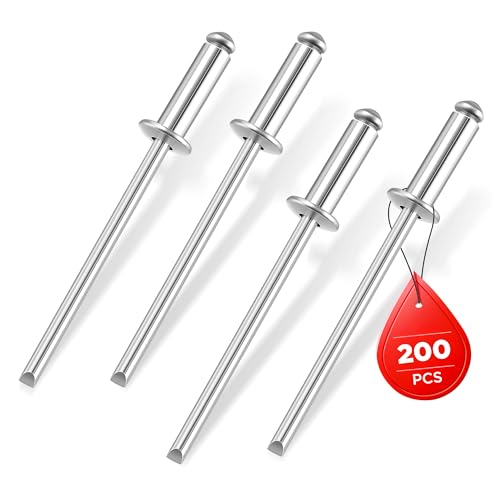I can't see any pictures, but I repair many bent skegs. So I will post this general observation for you and others in the same situation. Once I see the pics, I'll give you my assessment from what I can see.
In general, do NOT disassemble a lower unit first thing. That is usually completely unnecessary for a bent skeg. Even when the machine shop welds them, they often want them intact, as the fluid and innards help work as a heat-sink. Leave that up to the shop, if you have someone else do it.
With bent skegs, you want to warm up the bent area, but nothing crazy. Aluminum dissipates heat very efficiently. Much more than steel. Even so, DON'T go crazy with a torch, burning all the paint off. And DO NOT grab a skeg and just try to bend it back straight. You will snap it off almost every time.
The secret that most people don't know is that cast aluminum skegs are malleable, but not flexible. Take a second to think about that.
What this means is that if you properly support them, you can gradually pound them into almost any shape you want. But grab them, clamp them or try to bend them and they will break.
I start a repair by assessing where the bends and stress points are. Keep in mind that the INSIDE of the bend is compressed, and THAT is the side that has to stretch for the skeg to straighten out. So that is the side that needs to be warmed up the most.
Typically, I warm both sides up a bit, nice and even, and then warm up the inside a bit more, for maybe 10-15 seconds. NOT smoking hot.
Support the INSIDE of the bend with something heavy. I sometimes use a 16lb sledge if a small bend, while still mounted on the engine. But for bigger bends, I will remove the lower and lay it flat, often on the tongue of a heavy trailer. Lay a piece of plywood over it and strike the OUTSIDE of the bend hard with a heavy brass hammer or a steel mini-sledge. Steel tends to ding up the aluminum, so be careful.
Very quickly, from the first blow, you can tell how hard or easy it will be. Don't try to do it in one blow, but don't be too timid. You are trying to flatten aluminum. You hit harder in the thicker front section, and lighter and more skillfully in the thinner rear and tip areas. How hard to hit takes practice, but as you feel the metal moving under your hammer, go with your instinct, and you will probably do okay.
Remember, you are trying to FLATTEN with your blows, NOT bend. Don't hang the skeg over the edge and pound on the tip, or you will break it. If needed, put a block of wood under certain sections, and always strike from the outside of the bend, flipping as needed. It's not a race. Stop and warm it up again occasionally and keep dinging away until you get what you want. But know when to quit. If you go too long, you will fatigue the metal and it will crack. You may only get it much better, but not perfect.
Skegs are often twisted, so get the main bend our first, and then work on the twist.
If you understand the concept that I'm trying to convey, it's a pretty straightforward process. It takes a bit of analysis and then carefully placed blows, but many bent skegs can be repaired fully.
That being said, as Dale pointed out, sometimes it is best to leave it alone.
If it's slight or especially if it's severe, but not leaking, or if the lower unit has been struck hard enough to deform the gearcase, but it works fine, leave it be. At that point, start searching for a parts motor or a lower unit for sale. I can almost always find a parts motor for a customer for less than taking it to the machine shop. But some gearcases are rare, so you might have to pay to get it welded and remanufactured.
For what it's worth, a bent skeg often doesn't noticeably affect performance, especially in lower speed boats, let's say 40 mph or less. Some customers come in with terrible skegs, many broken off completely, and are perfectly happy with their performance. But some people can't stand looking at it and MUST fix it for their mental OCD health. To each their own. Don't judge others. It's their stuff.
I'll try to post more after you post some good pics.























































